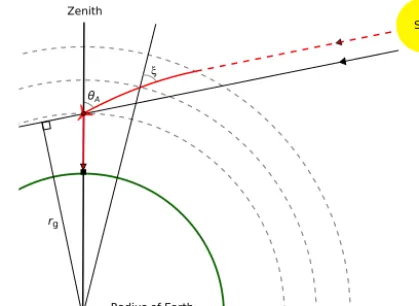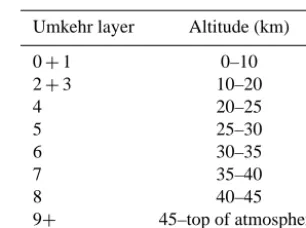A new Dobson Umkehr ozone profile retrieval method optimising information content and resolution
Full text
Figure




Related documents
In this note, we estabUsh a necessary and sufficient condition for a graph to be k-extendable in terms of its independence number.. All graphs considered in
Despite this result, few graphs have been constructed which exhibit the property P(m,n,k)... We begin by stating the following two
N. The problem that arises is that of characterizing k-extendable and minimally k-extendable graphs. k-extendable graphs have been studied by a number of authors
Gliviak, On Certain Classes of Graphs of Diameter Two without Superfluous Edges, Acta F.R.N. Gliviak, On Certain Edge-Critical Graphs of Given Diameter,
Many problems concerning matchings and deficiency in graphs have been investigated in the literature - see, for example Lovasz and Plummer [6].. This bound is
Over the past twenty years or so there has been considerable interest in the problem of partitioning the edge set of a graph into disjoint Hamilton cycles
Bollobas and Eldridge [2] considered the problem of determining the minimum possible of maximium matching of a graph G with prescribed minimum maximum degrees
Equality is achieved just if every face is doubly braced: Lemmas 4 and 5 show this happens if and only if T results from triangulating every face of some lower order


